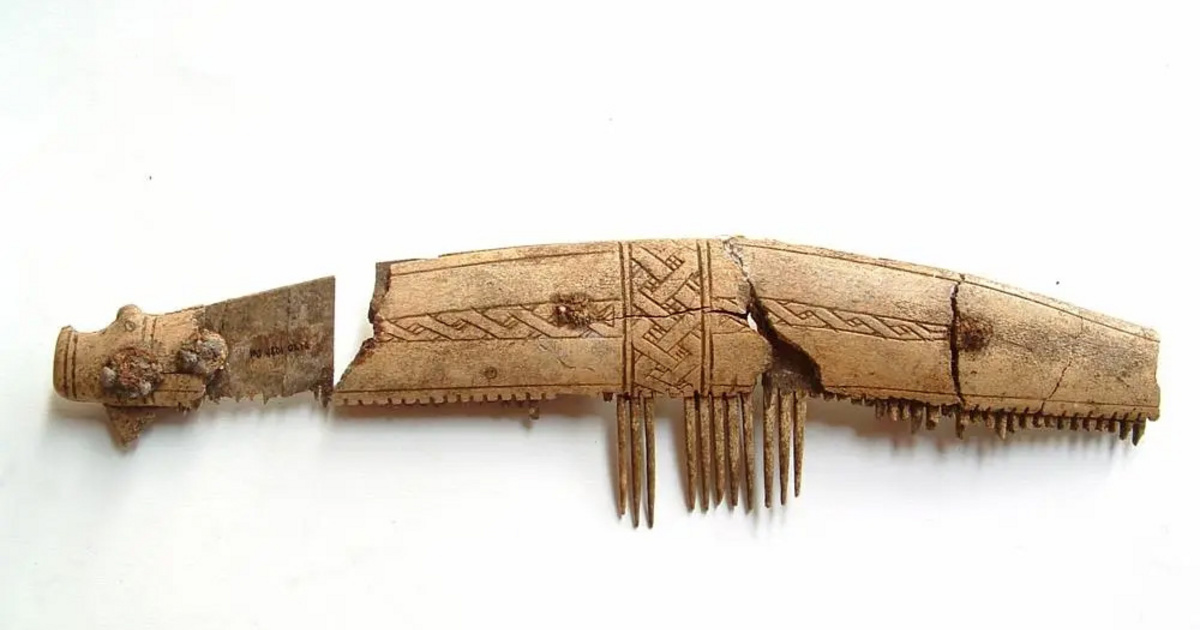Various finds of antlers and bones have been discovered in Ipswich, Suffolk. BBC From his report.
In the past 20 years, nearly 40 excavations have been carried out in the city in search of secrets of the 9th century, but they have never found such valuable finds as now, said the project leaders, Isan Redlet and Nikla Trzaska Nartowski. , who recently published a book on the analysis of 1,341 artifacts and 2,400 pieces of waste discovered during excavations between 1974 and 1994.
It has always been our aim for the book to have a European look and to place Ipswich at the heart of the early medieval world. There are also many elements suggesting foreign connections, particularly in relation to northern France, Friesland (what we now know as parts of the Netherlands, Germany and Denmark) and southern Scandinavia.
– They said in their statement about the analysis.
Ipswich was founded as an Anglo-Saxon trading port after the collapse of the Roman Empire and flourished through sea trade with Europe. The recently discovered combs were made in Scandinavia, and probably arrived in Ipswich at the end of the 9th century, as the area was already under Viking rule at that time – by the way, this began in AD. It is estimated at 869.
However, Suffolk County Council's Archaeological Service suggests that combs were also made in the town, but had 'distinctive local shapes'.
Most of the finds were originally made from pieces of red deer antlers, although tests showed that there were also pieces shaped like whalebones. In addition, archaeologists also examined brooch dies, needles, belt ends, weaving and textile-making tools, as well as some game pieces, proving the Vikings' enthusiasm for board games.
Melanie Vigo di Galidoro, deputy cabinet member for protected landscapes and archaeology at Suffolk County Council, said: “Thanks to some 40 excavations over the past 20 years, we have been able to obtain a convincing picture of the important role the city played in medieval life.














































